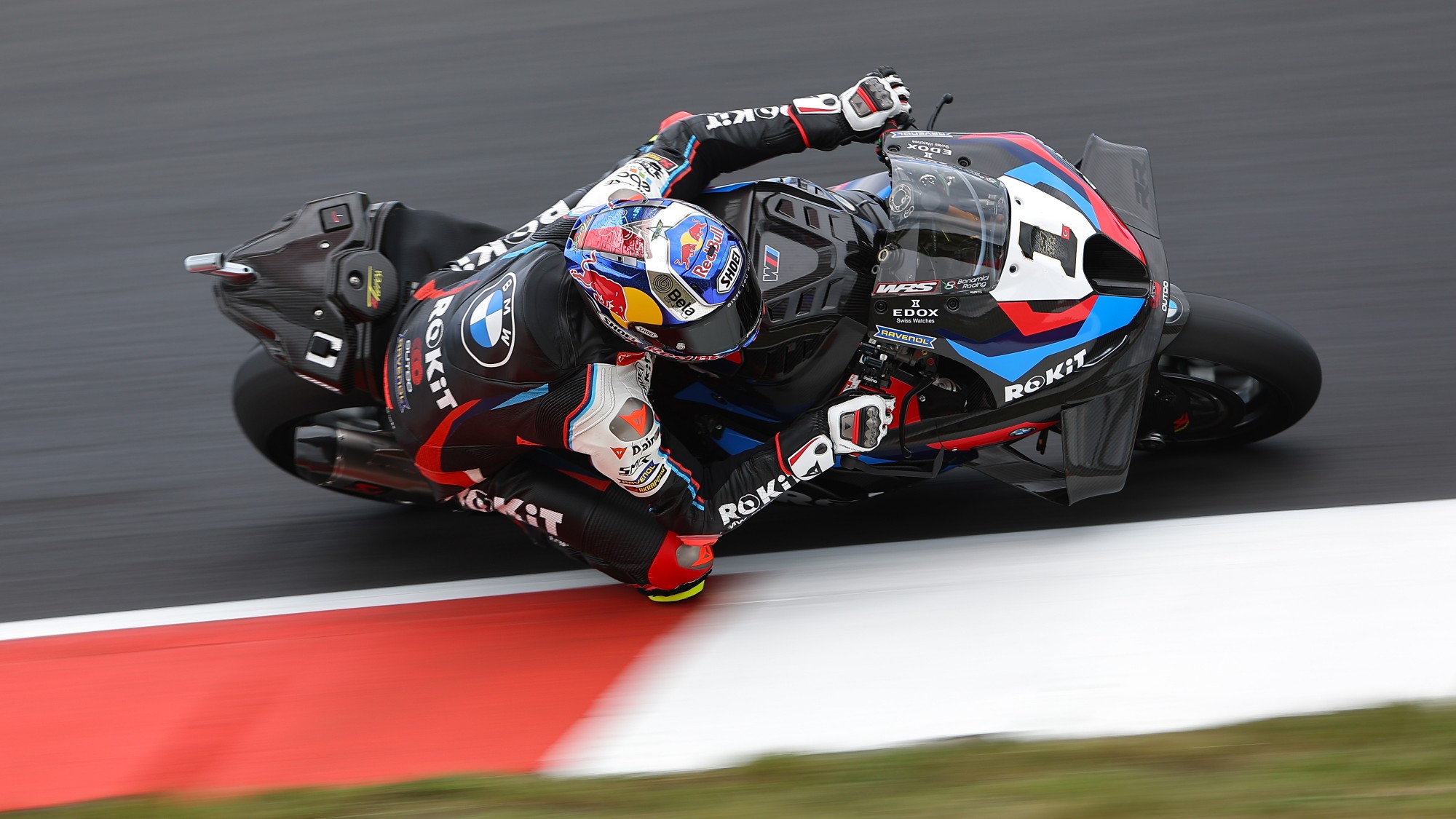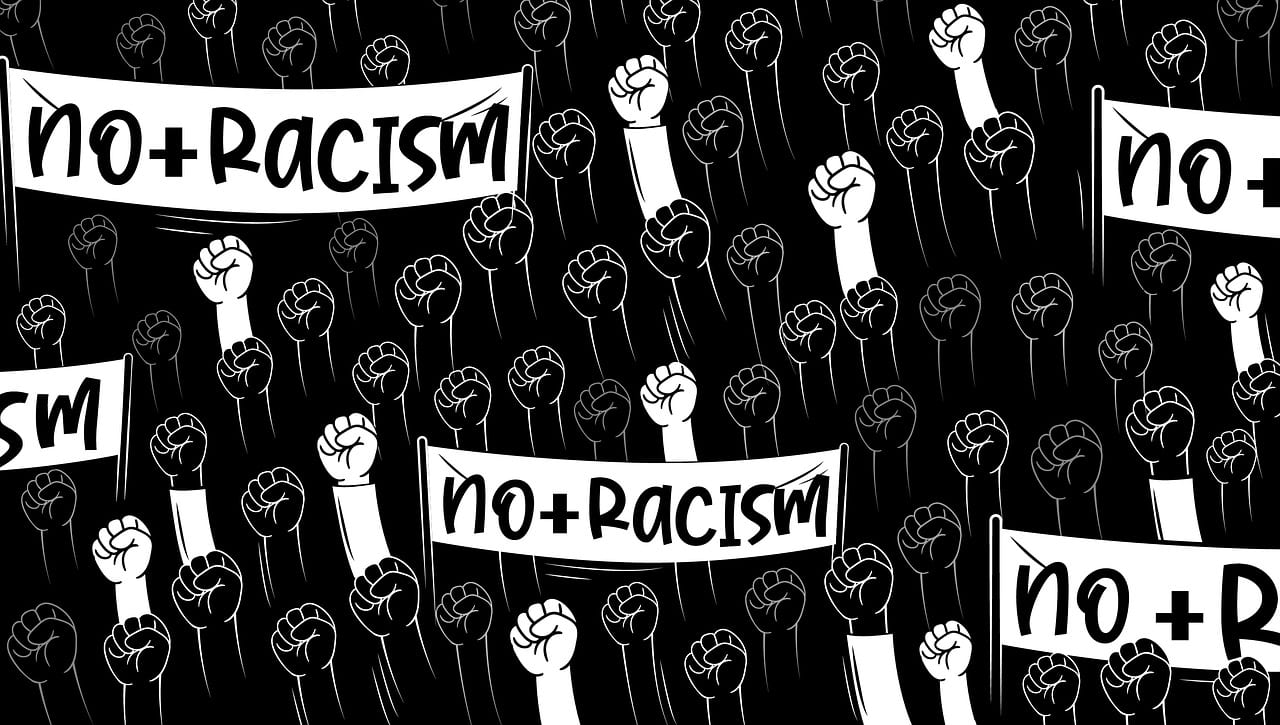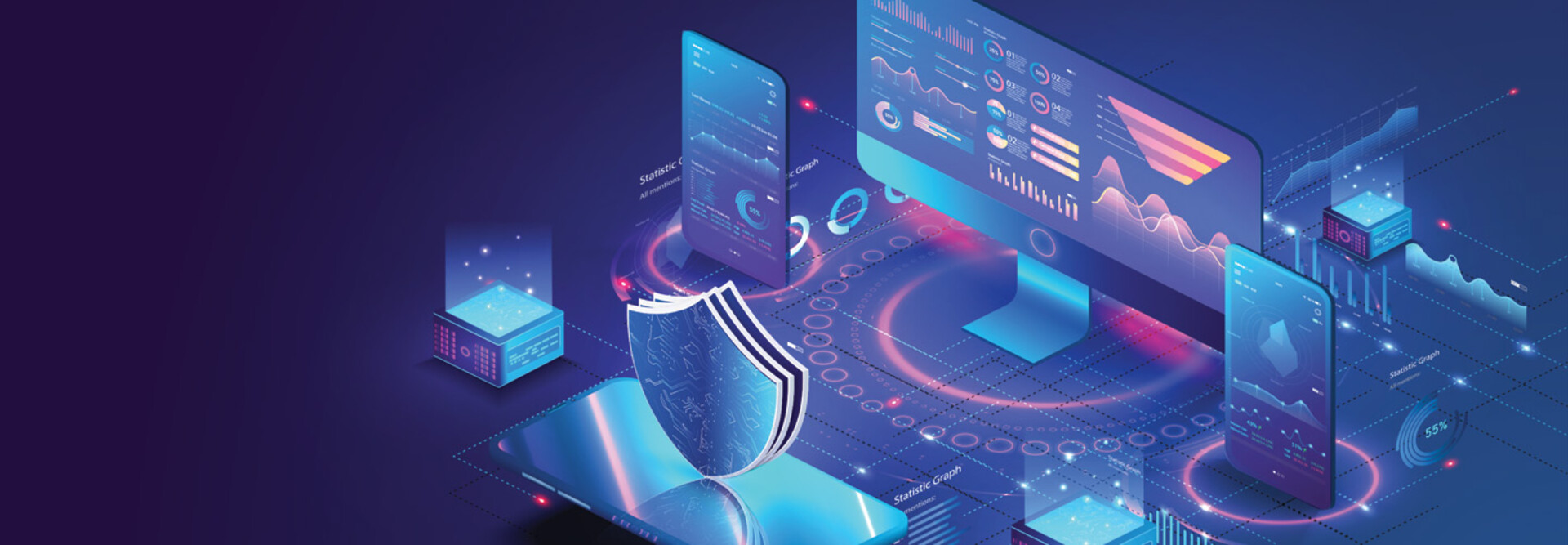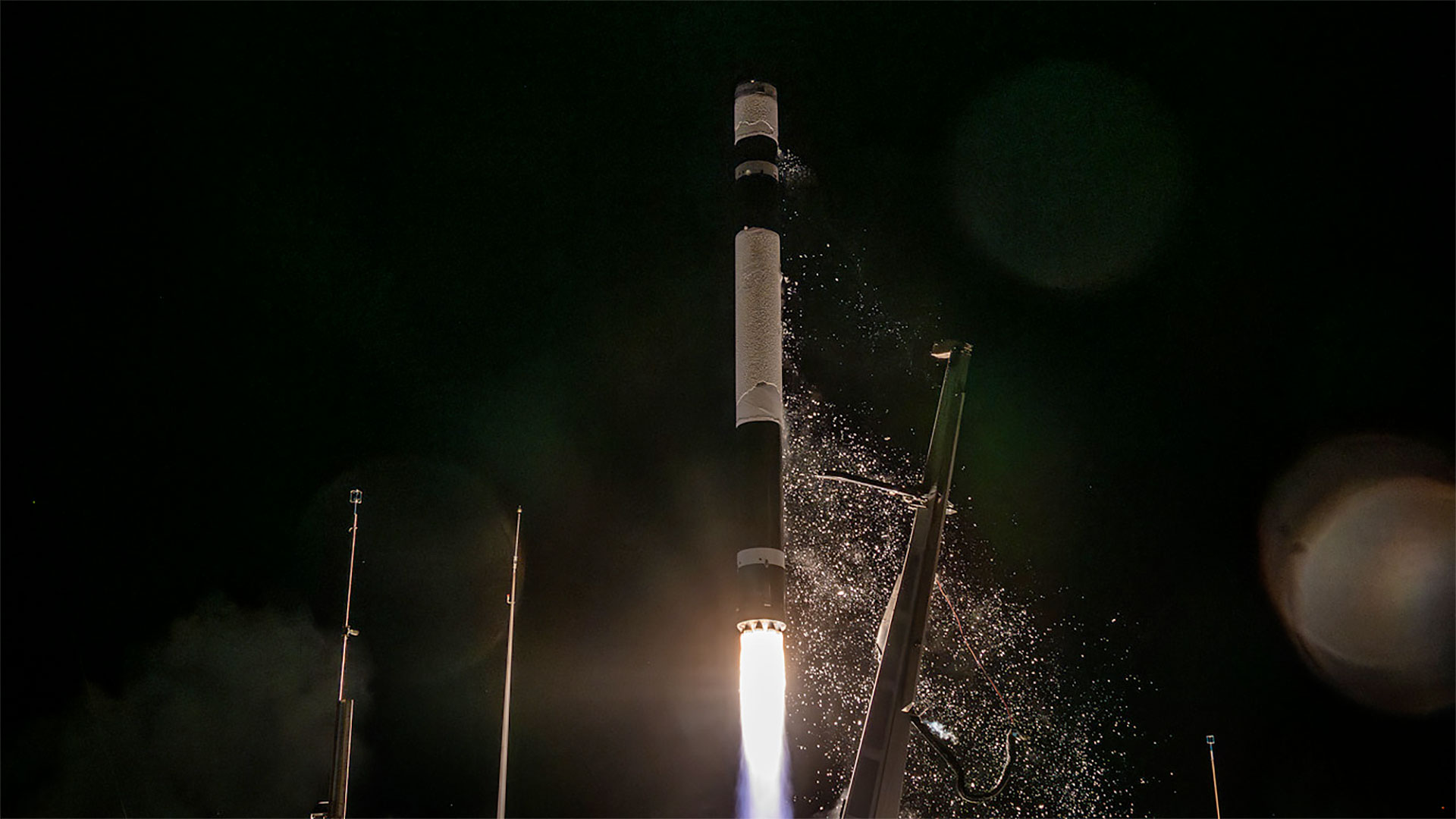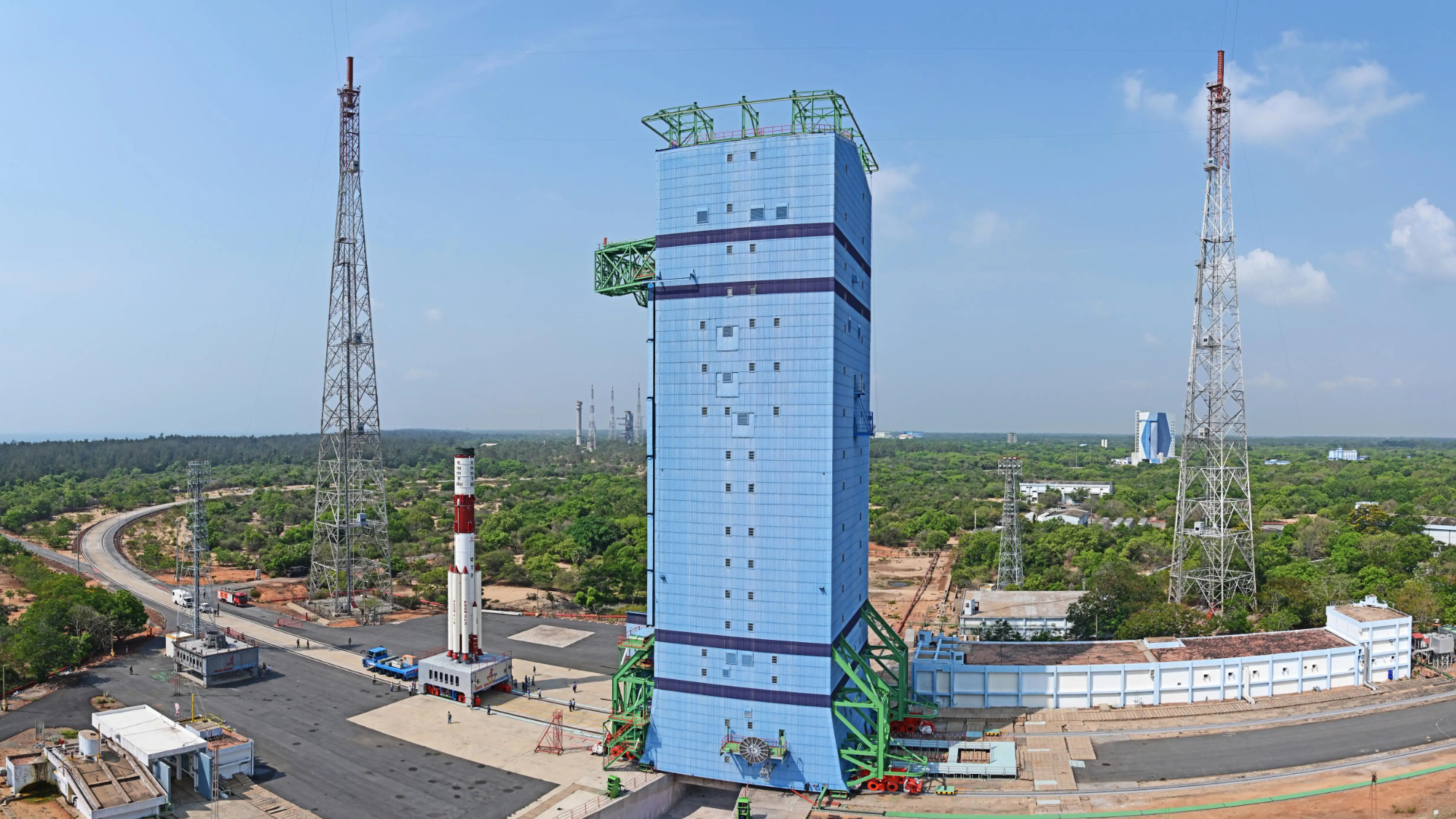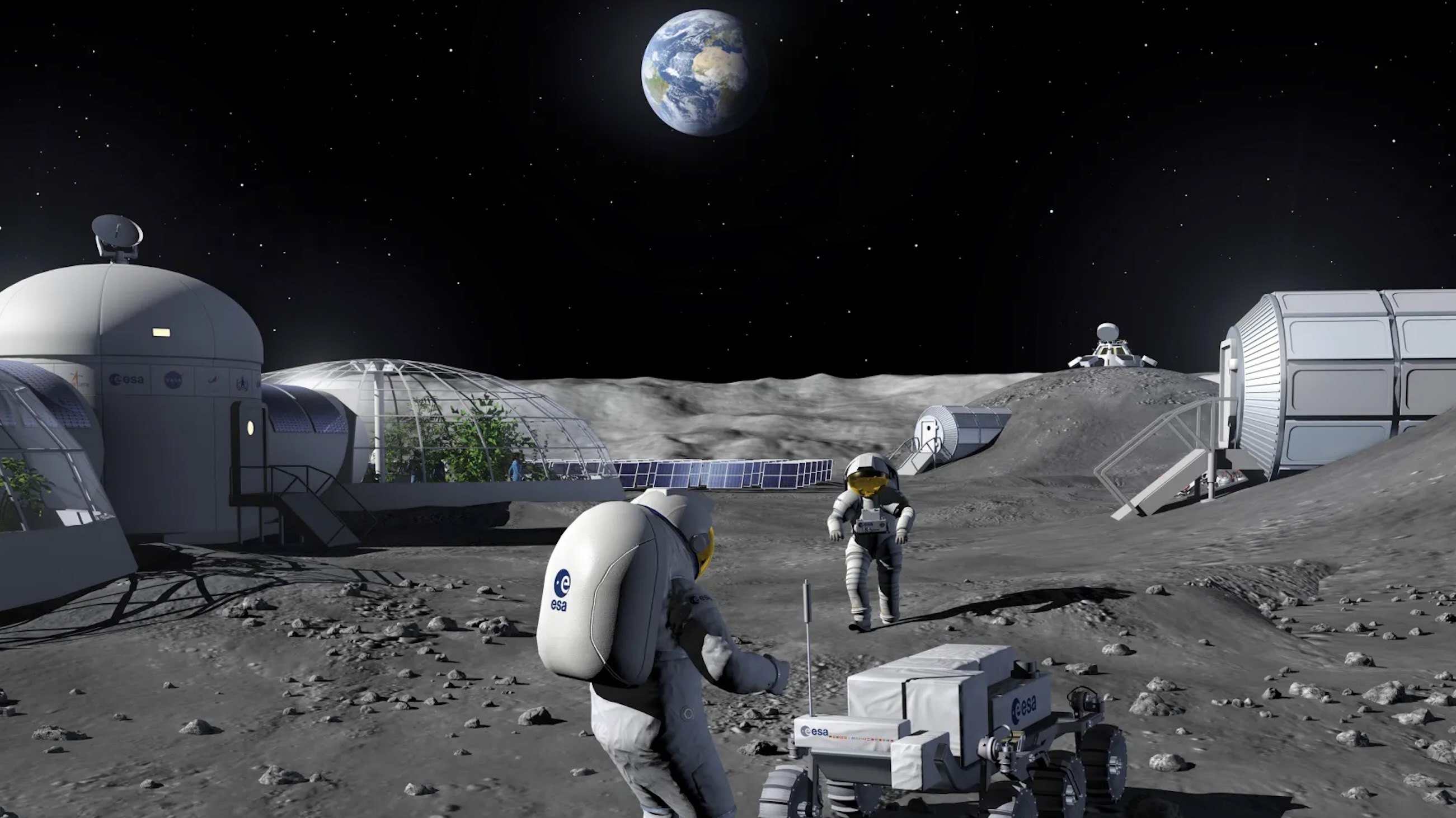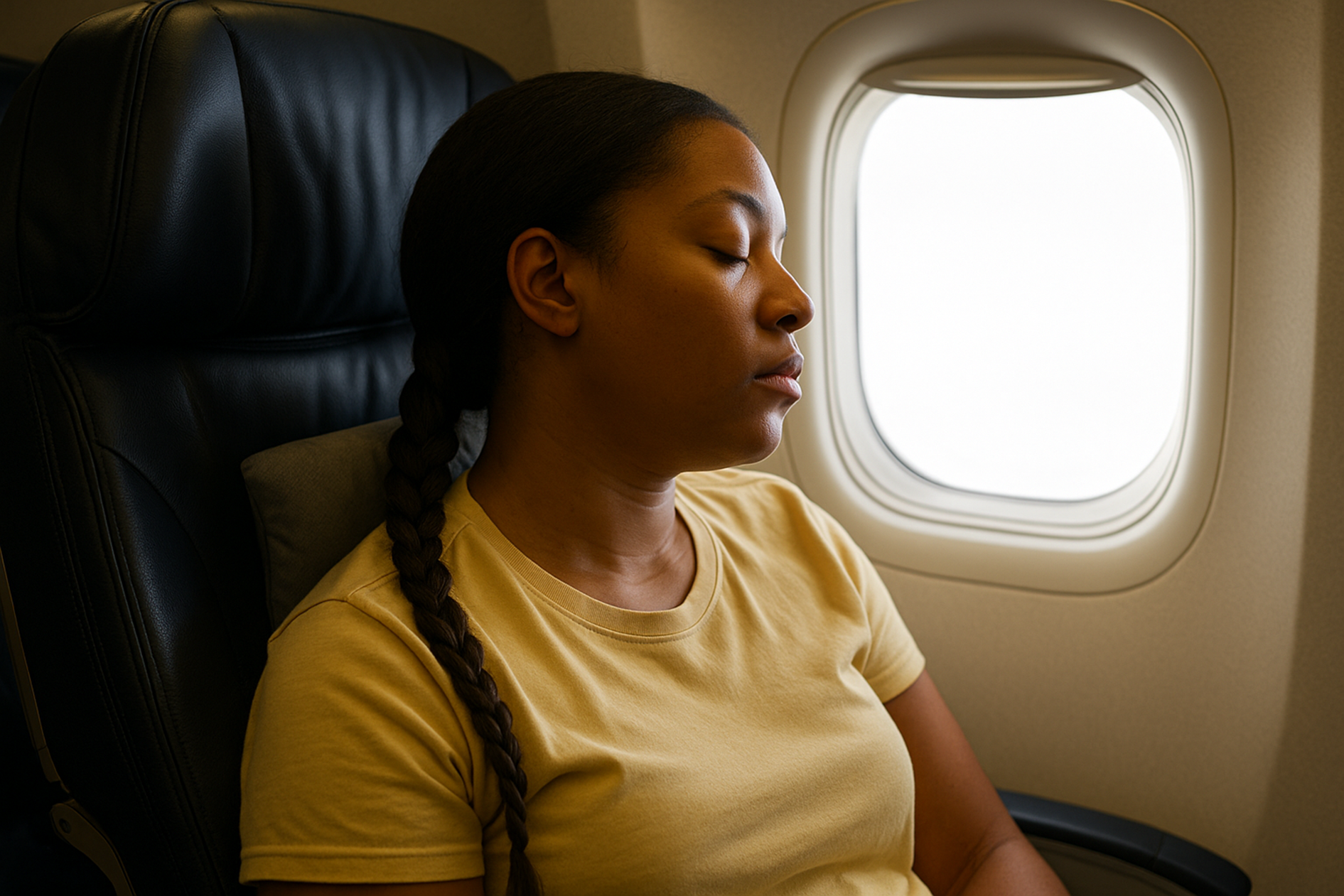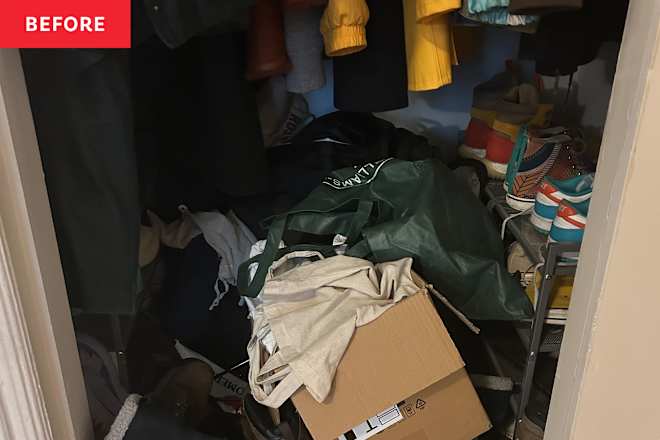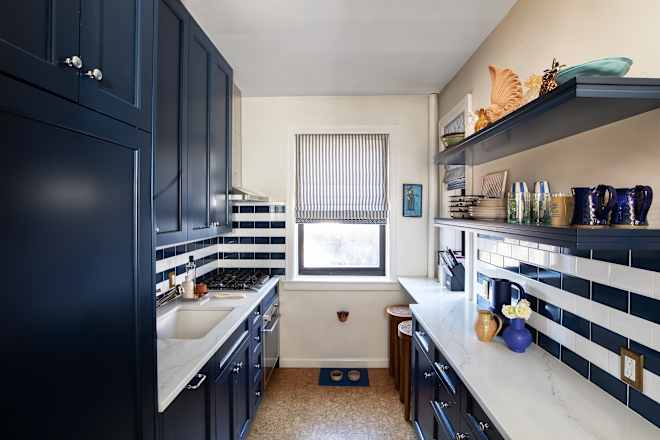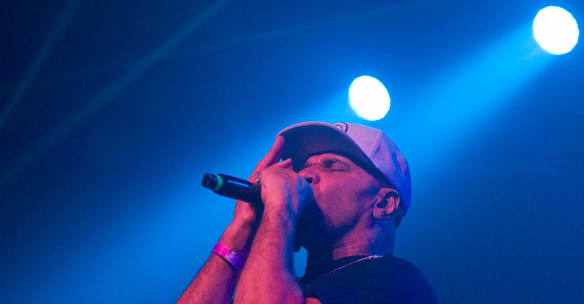Starbucks doubles down on baristas, not AI, to fix its customer crunch
Starbucks is investing in more hours for baristas as other restaurant chains go in on AI.
Mark Makela/Reuters
- Starbucks is staffing up thousands of US stores with additional staffing.
- Analysts say the investment in people could boost Starbucks' turnaround — if deployed correctly.
- It's a sharp contrast with other restaurant chains, which are using more AI and automation.
AI is taking drive-thru orders at Wendy's, and Chipotle uses machines to prep avocados for its guacamole.
Starbucks, however, is turning to a different solution: People.
The coffee chain said in its latest earnings report that it plans to staff up its stores over the next several months. The reason: The efficiency-oriented machines that it's spent the last few years using just weren't good enough at speeding up drink production as good ol' humans.
Some of the additional staffing will involve hiring more baristas, a company spokesperson said. In other cases, Starbucks will give additional shifts to existing baristas or pull in workers from one store to fill in at another to fill in.
"They're realizing that there's more to it, and solving some of the throughput and other experience issues they need to fix is going to require more labor," said R.J. Hottovy, the head of analytical research at Placer.ai
As it staffs up stores, Starbucks is also rolling out a new algorithm that will determine the order in which baristas make drinks. That will help baristas make drinks more efficiently with those extra shifts, the company has said.
By the end of September, the new labor model and the algorithm will be in about 3,000 US stores, Niccol said on last month's earnings call.
Starbucks provides a counter-example to a broader restaurant industry trend. While many other chains are automating processes, especially with AI, the Seattle-based company is acknowledging that there might be limits to what machines can do.
At Starbucks, machines haven't been as effective as people
Over the last few years, Starbucks rolled out the Siren System, which made a series of equipment and process improvements meant to speed up the production of cold beverages like frappuccinos.
At the end of April, though, CEO Brian Niccol said that Starbucks would halt the system's use as it invested more in adding shifts for its baristas.
"We're finding through our work that investments in labor rather than equipment are more effective" at making orders quickly, Niccol said during the company's earnings call.
The additional workers also mean that store employees are "able to greet customers, hand off orders personally, be available for customer questions and requests, and more," Starbucks said. "Customers appreciate these memorable, more personal moments in our community coffeehouses."
Earlier this year, Starbucks tried out the additional baristas at 700 stores, Niccol said on the company's earnings call. Those stores saw a growth in transactions, he added.
Still, spending more on people has its risks.
Starbucks will have to make the additional shifts work across in-store, pick-up, and drive-thru orders, said Sujay Saha, founder and president of Cortico-X, a consulting firm focused on customer experience.
Some baristas have told BI that their stores have been overwhelmed by the number of orders that they have to fill, especially those that customers place through the Starbucks mobile app.
Niccol has said that he wants Starbucks to provide both quick coffee and food to go as well as more personal service for customers who want to hang out in-store.
"That is an experience that some customers need," Saha said of Niccol's focus on connections between patrons and baristas. "But some customers just need to get the coffee and head out."
More baristas could improve Starbucks' customer experience
Some baristas told Business Insider that they are skeptical that the extra workers will make a difference. The baristas declined to be identified by name, citing potential retaliation from Starbucks, but BI has verified their identity and work for Starbucks.
One Starbucks worker at a store in New Mexico said that she and her colleagues are overwhelmed and need the extra shifts — something that's apparent to store visitors and could deter job applicants.
"People know they're going to be overwhelmed, overworked, and under-compensated," the employee said.
Another barista, based in a store in Ohio, said that the additional staffing are welcome news since their manager usually steps in to help when they are understaffed during a busy period.
"The only day my store manager was not on the floor working with us were Monday's," the employee said.
Another employee, who works at a store in North Carolina, said that the location is struggling to keep employees between understaffing and recent changes to Starbucks' dress code.
"I'll believe it when I see it," the employee said when asked about Niccol's announcement of additional shifts.
Employing people still costs money. Starbucks' shares dipped roughly 7% as the company announced the additional investment in labor.
Executives said that they plan to offset the costs by applying zero-based budgeting to Starbucks' expenditures. The measure determines spending by asking managers to justify each expense rather than using last year's budget as a baseline.
Paying for more person-power isn't cheap, but it does fit in with Niccol's goal of making Starbucks a place that customers want to keep coming back to, Placer.ai's Hottovy said. Visits to Starbucks stores fell 0.9% in the first quarter, according to foot traffic data from Placer.ai.
Additional staffing — and better customer service — could get patrons to stop by more frequently, Hottovy said.
"At the end of the day, it's really your employees that make the experience," he added.
Do you work at Starbucks and have a story idea to share? Reach out to this reporter at abitter@businessinsider.com.
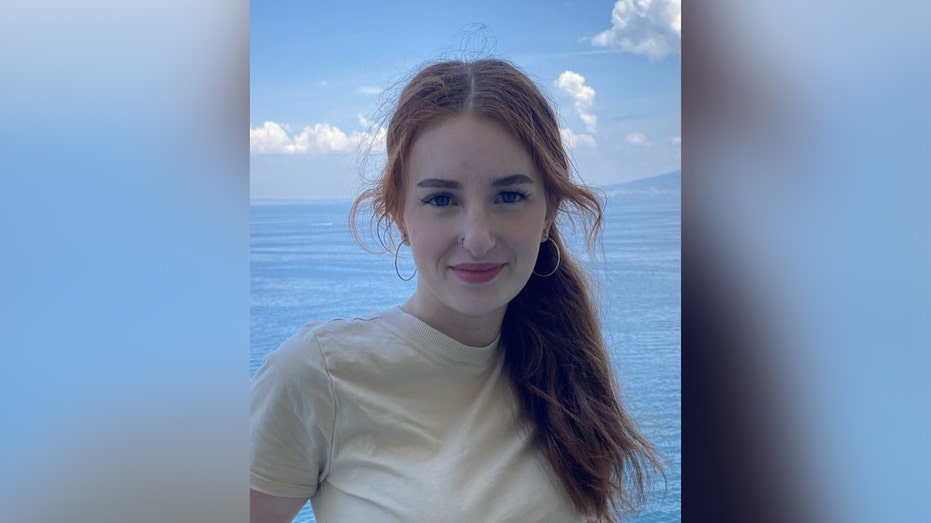
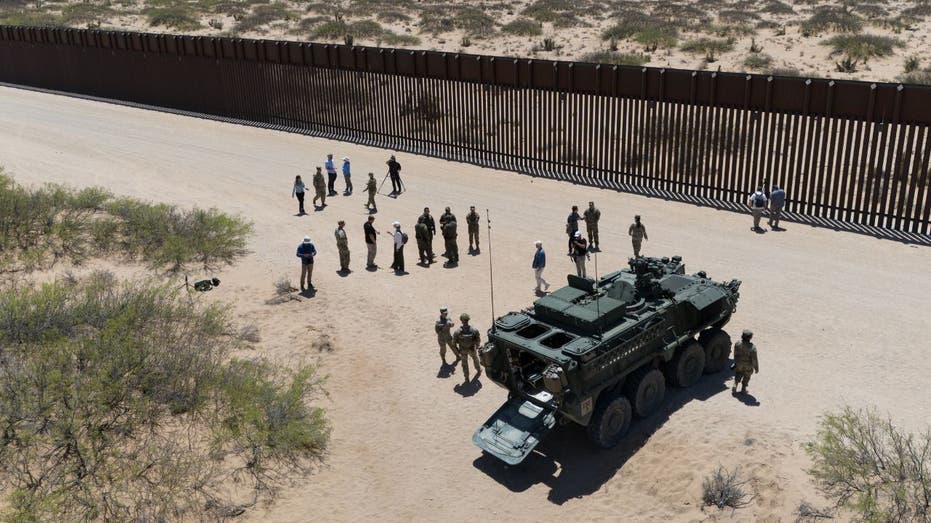

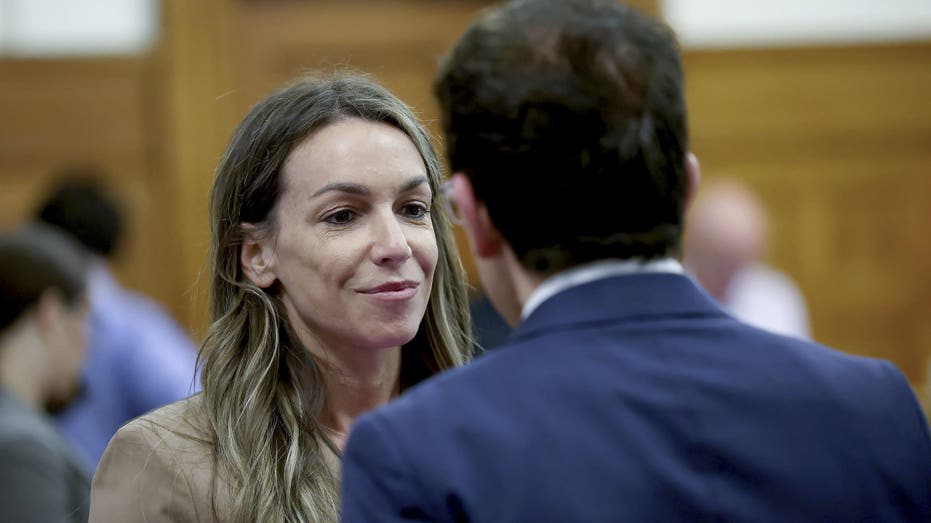
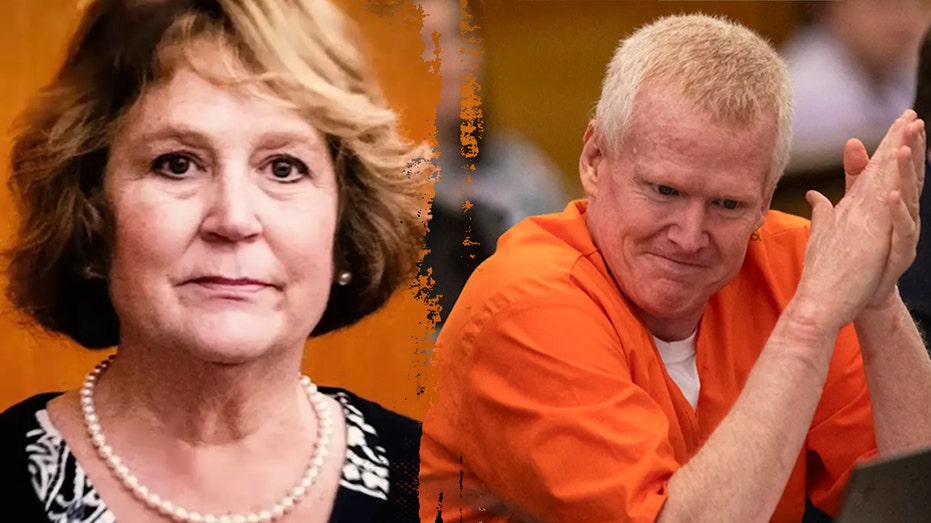





![[FREE EBOOKS] Modern Generative AI with ChatGPT and OpenAI Models, Offensive Security Using Python & Four More Best Selling Titles](https://www.javacodegeeks.com/wp-content/uploads/2012/12/jcg-logo.jpg)
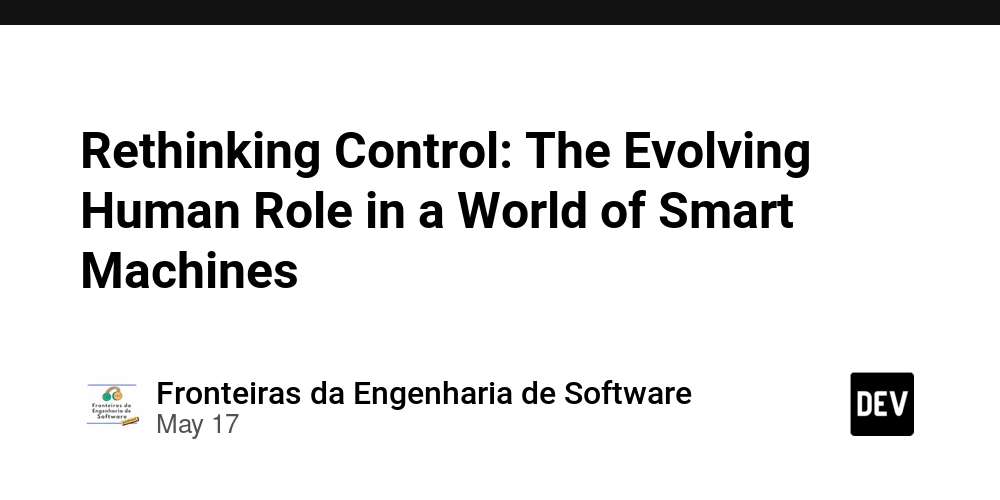
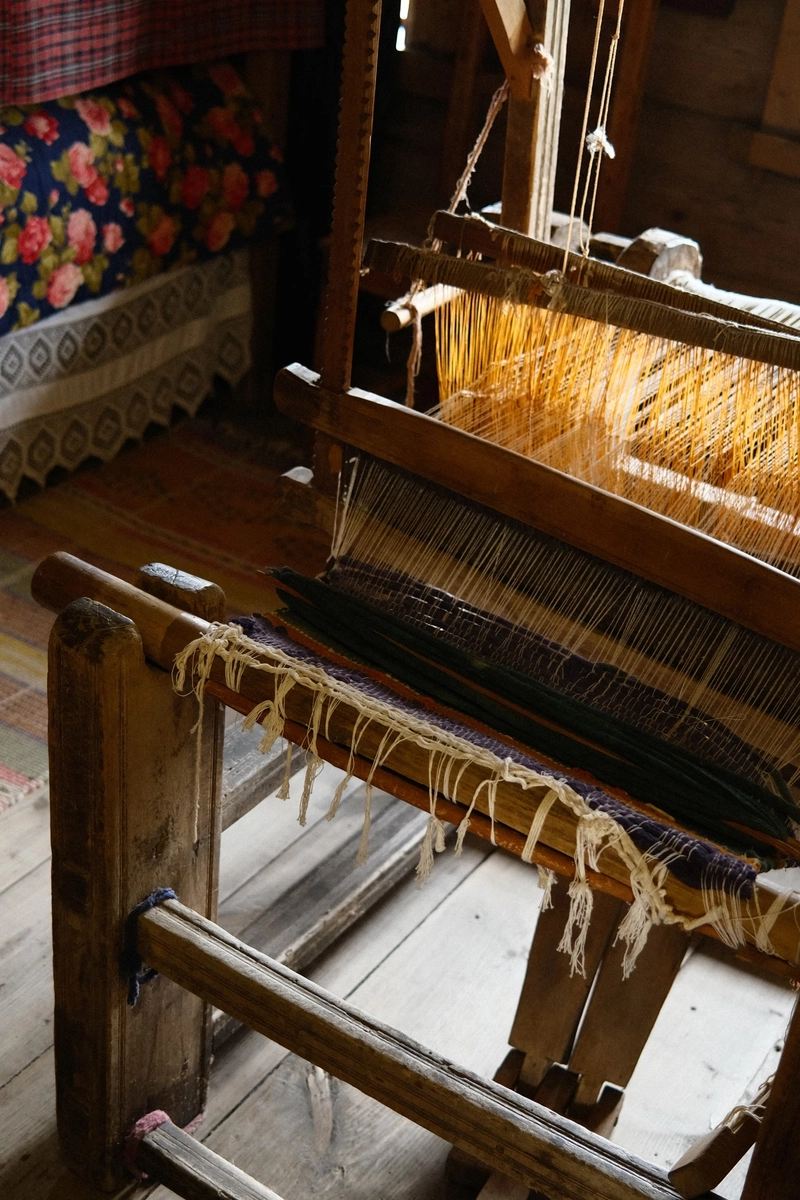
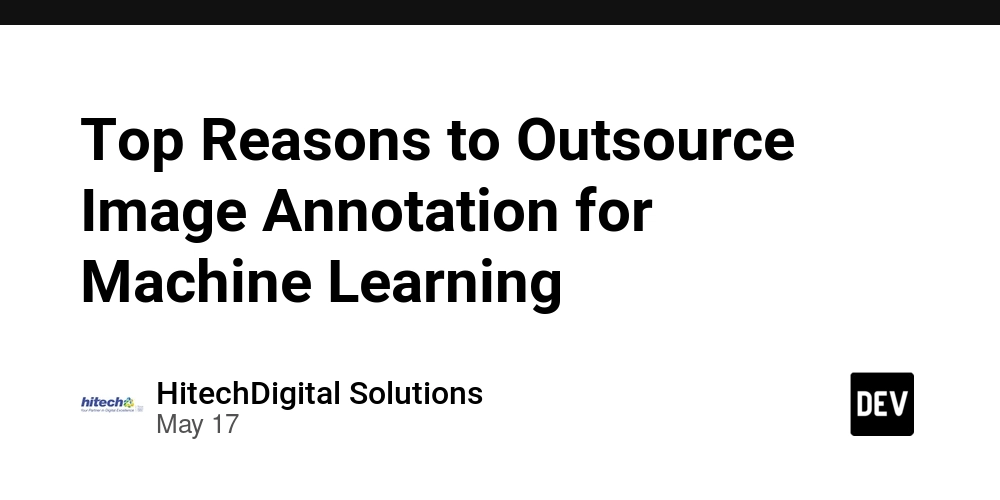





.webp?#)






